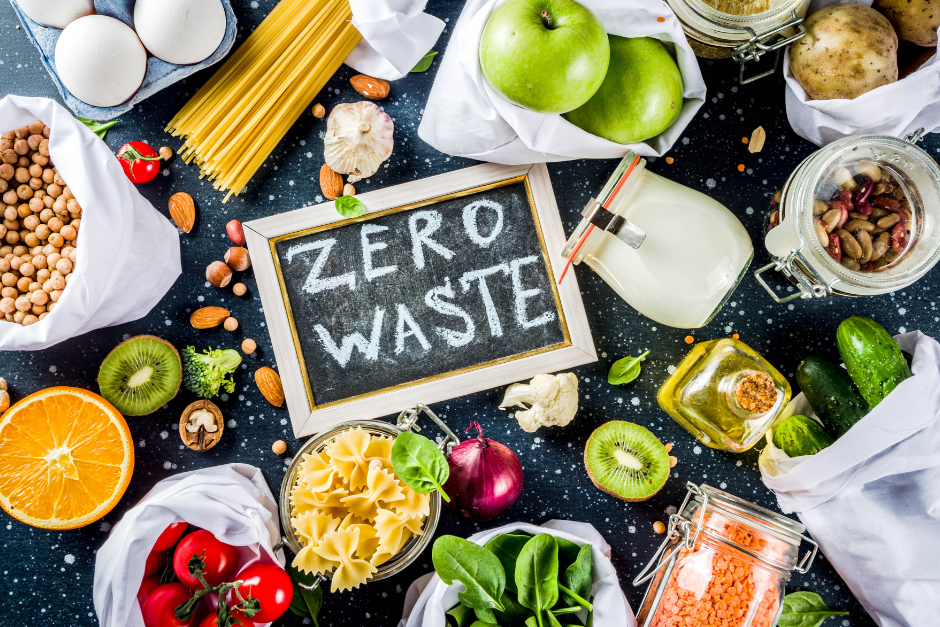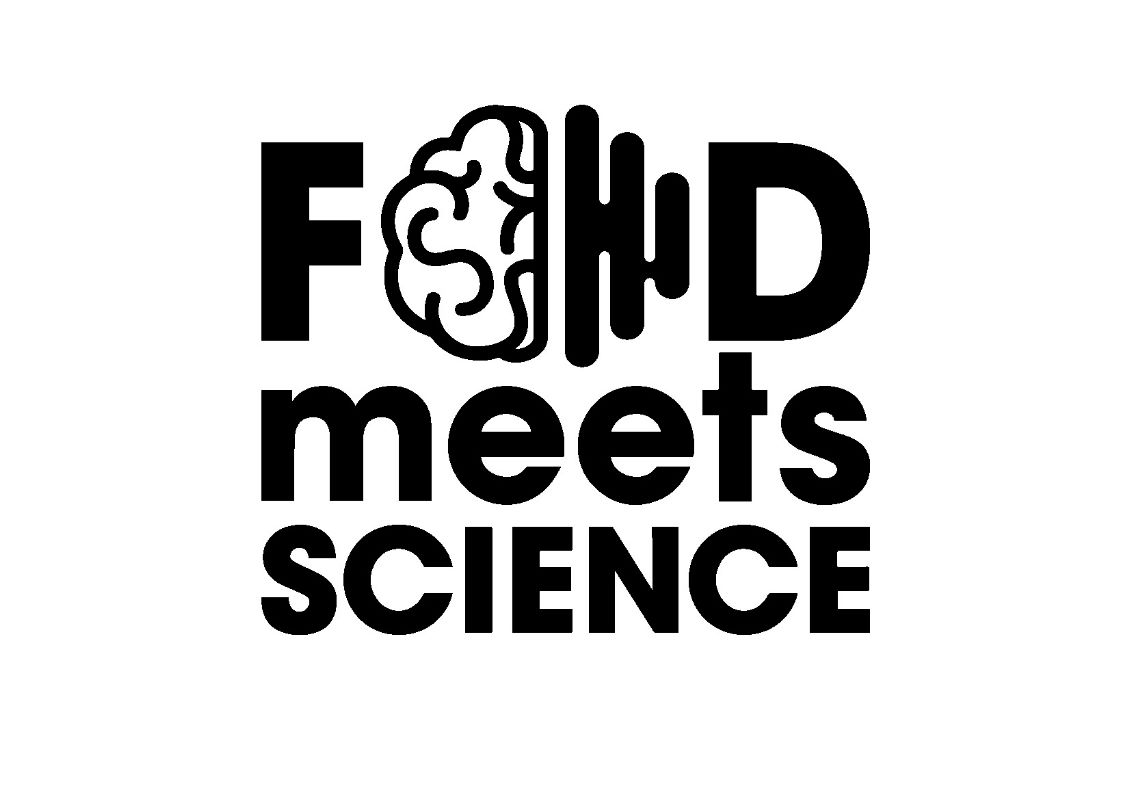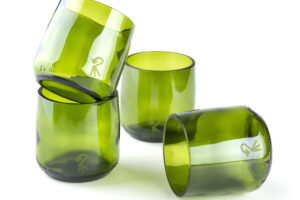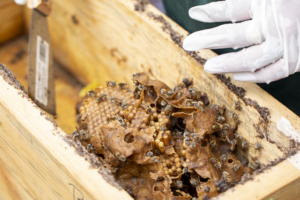
Is zero waste a trend?
Sustainability in living was a trend a few years ago. Today, it is a way to make conscious consumer decisions and express concern for the environment, climate, and even the community. The topic is very extensive and, although the amount of information may initially overwhelm us, by devoting a little attention we can contribute to a civilizational change. Is the zero waste lifestyle a solution, a trend, or perhaps a philosophy? What does it mean in a sustainable approach?

A closed circle – zero waste in practice
The Cambridge Dictionary defines zero waste as “a situation where no waste is generated” in its definition. To understand this concept, we must practice responsible production, consumption, reuse, and recovery of all products. So, briefly, this means organizing a closed circle. How? Zero waste is guided by the principle of the five Rs – Refuse, Reduce, Reuse, Recycle, Rot. It’s about taking a lot of action and caring about the product from its production to its life as waste. There are many solutions that allow you to use the same thing multiple times in different versions.
Cooking with leftovers is not only a solution that allows you to waste less food. You can conjure up amazing dishes from seemingly useless things. Thanks to the Sicilian housewives, we can enjoy the recipe for arancini, i.e. fried rice balls coated in breadcrumbs and stuffed with ragù, tomato sauce, mozzarella, or peas.We fill it with leftovers from dinner or any other food we want to eat. From the vegetables that we have left, we can fill Indian samosa or Naan bread.
Another use of products in the zero waste philosophy is a way to make a great decoration. Don’t throw away the seeds when making a pumpkin dish – a soup, casserole, or pie! They are a valuable source of magnesium, iron, zinc, and vitamin B. Instead of biowaste, they can land in the oven and become an excellent snack for the evening. Peeling vegetables results in vegetable skins.They don’t have to be boring and tasteless! Thanks to aromatic spices and heat treatment, you can make brushwood or wood chips.
Be creative!
A great example of no-waste is the use of shellfish abdomens. Added to the infusion, they will give a sea aroma, and dried in the oven and mixed will serve as a powder and an interesting solution for decorating dishes.
Apple pie so popular is all over the world. Is it possible to use one hundred percent of an apple? You can boil the skins and seeds to release the natural pectin, which can serve as a gelling, glazing, and emulsifying agent. You can throw the remaining pieces of apples into a jar. Then you pour water, add a little sugar, cover with gauze, leave for a week, and enjoy homemade vinegar.
Now let’s talk about bread. We can freeze some of it and enjoy the freshness and crunchiness another time. You can spend some of it on croutons that go perfectly with creamy soups or salads (Caesar!). Even if the bread is already stale, it will find its use. You can make breadcrumbs, or use it to thicken the soup, which will soak and naturally make it full. Your imagination is the only limitation.
No waste means a whole range of actions, from conscious shopping, through proper storage and proper use, to the creative use of all products. Leading chefs are responsible for maintaining responsible consumption and production patterns. And we are responsible for conscious consumption choices.









Post a comment